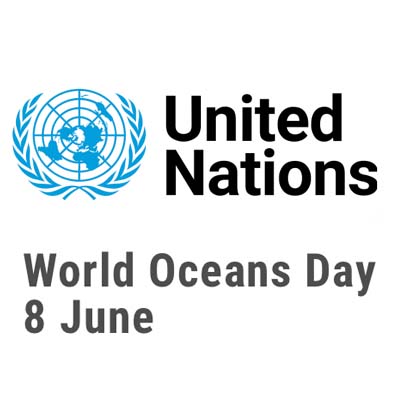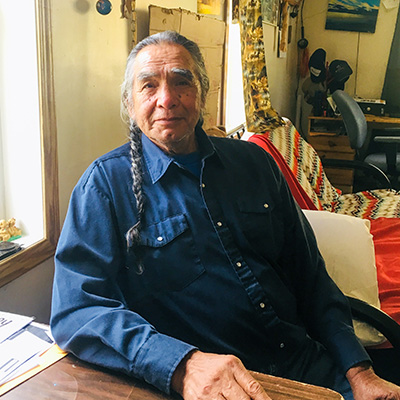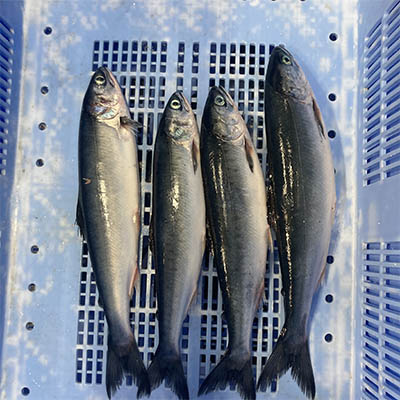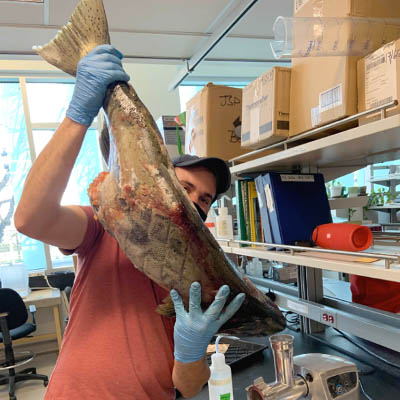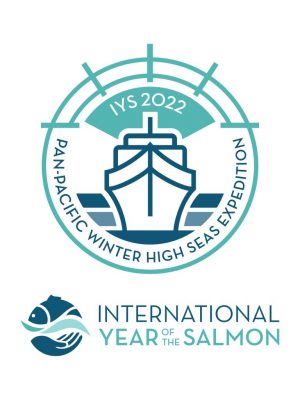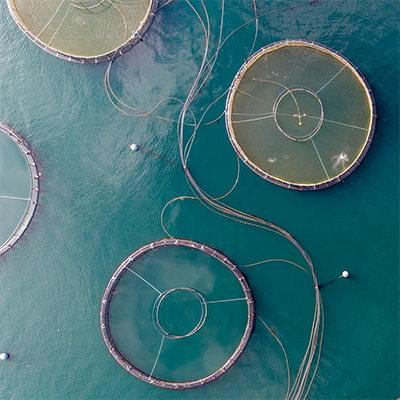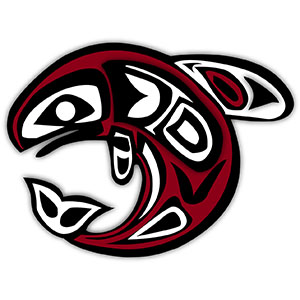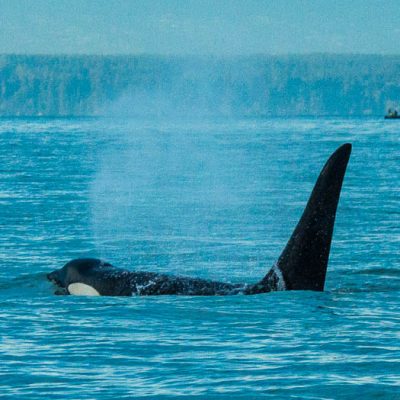World Oceans Week 2022 – Kasey Stirling
Stirling works with six Lower Fraser First Nations for her project, which investigates how single-celled algae may be linked to salmon abundance. Although Indigenous Peoples are increasingly working collectively to solve environmental problems that affect Earth’s oceans, challenges remain when it comes to collaborating with the Canadian government, she says.
Elders share knowledge of profound wild Pacific salmon decline
Elders reported that salmon catches are one sixth what they were 50 to 70 years ago, and that the loss of salmon had taken a toll on their communities, especially their ability to teach young people about the fish.
Expect to see more squid and less sockeye salmon on “climate changed” menus
Vancouver seafood lovers may see more Humboldt squid but less sockeye salmon on restaurant menus in the near future due to climate change.
International Year of the Salmon Expedition helps IOF researchers map North Pacific food webs
For scientists in the IOF’s Pelagic Ecosystems Lab, the trip represents a chance to trace the outline of North Pacific food webs, in which salmon play a central role as both predator and prey.
Researchers deploy a new tool to study Chinook salmon fat content on the Fraser River
A Chinook with a short migration to Harrison Lake may offer half the calories to a resident killer whale as a similarly sized Chinook headed to the headwaters of the Fraser River.
UBC scientists sail the high seas for salmon
The third International Year of the Salmon Pan-Pacific Winter High Seas Expedition will continue to answer questions about a crucial salmon life stage that is poorly understood
These bodies of water are right next to each other, but oceans apart
Areas of B.C.’s coastal ocean may look similar from above water, but under the water, they can be completely different worlds, in terms of temperature, salinity, ocean acidification, and nutrient concentrations.
Salmon from freshwater to the ocean: there and back again
Video for this seminar is now available! Click to watch
No apparent shortage of prey for southern resident killer whales in Canadian waters during summer
Researchers reported that Chinook salmon in the Salish Sea in summertime are four to six times more abundant for southern resident killer whales than northern resident killer whales.
